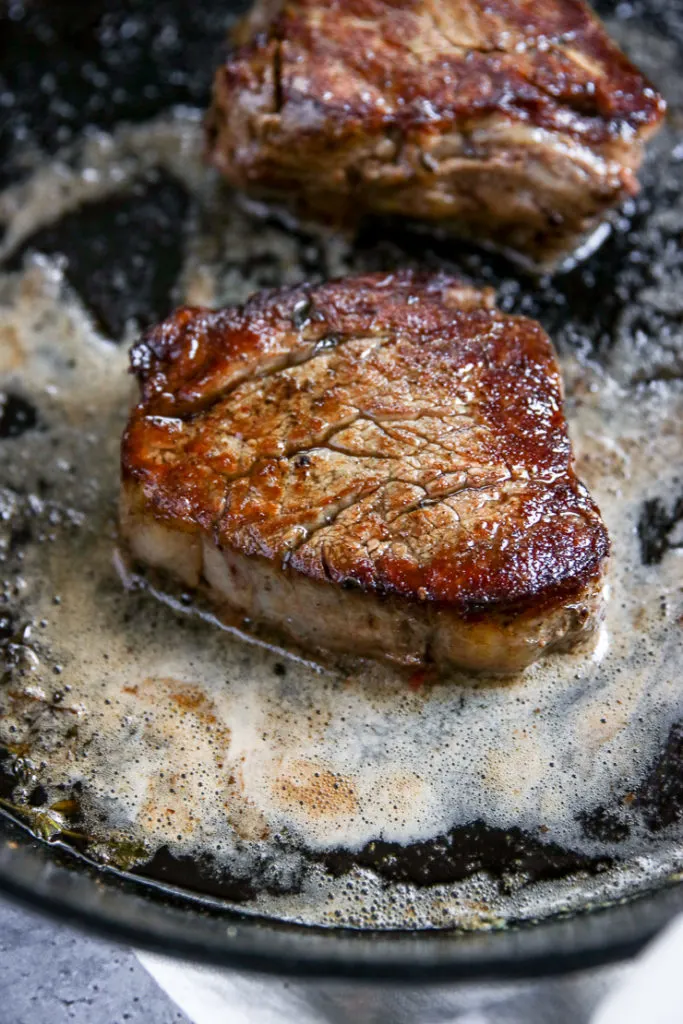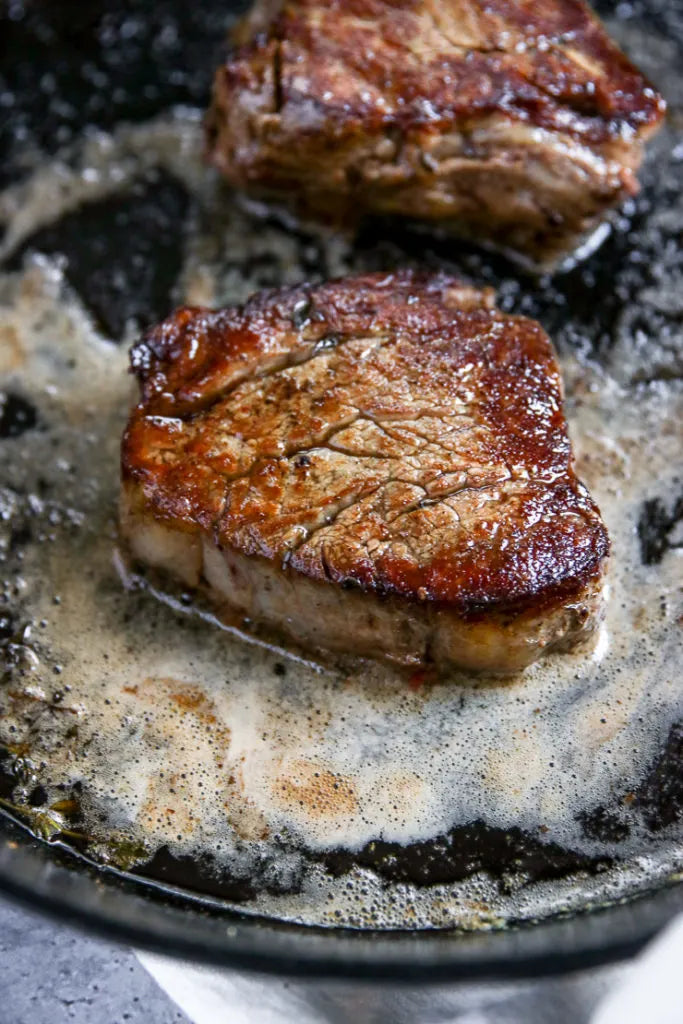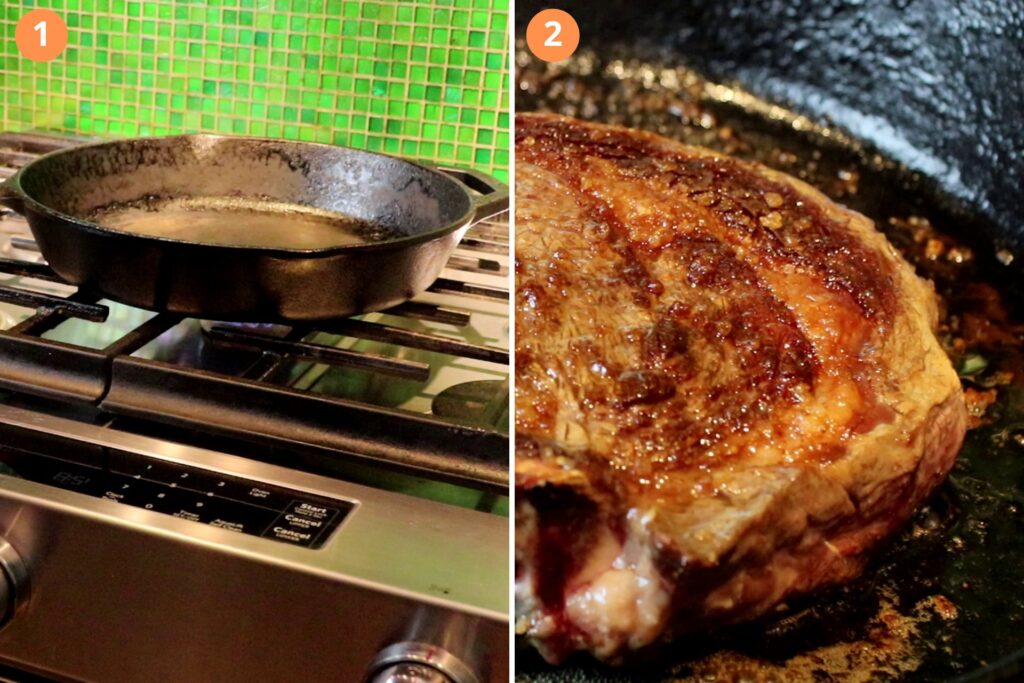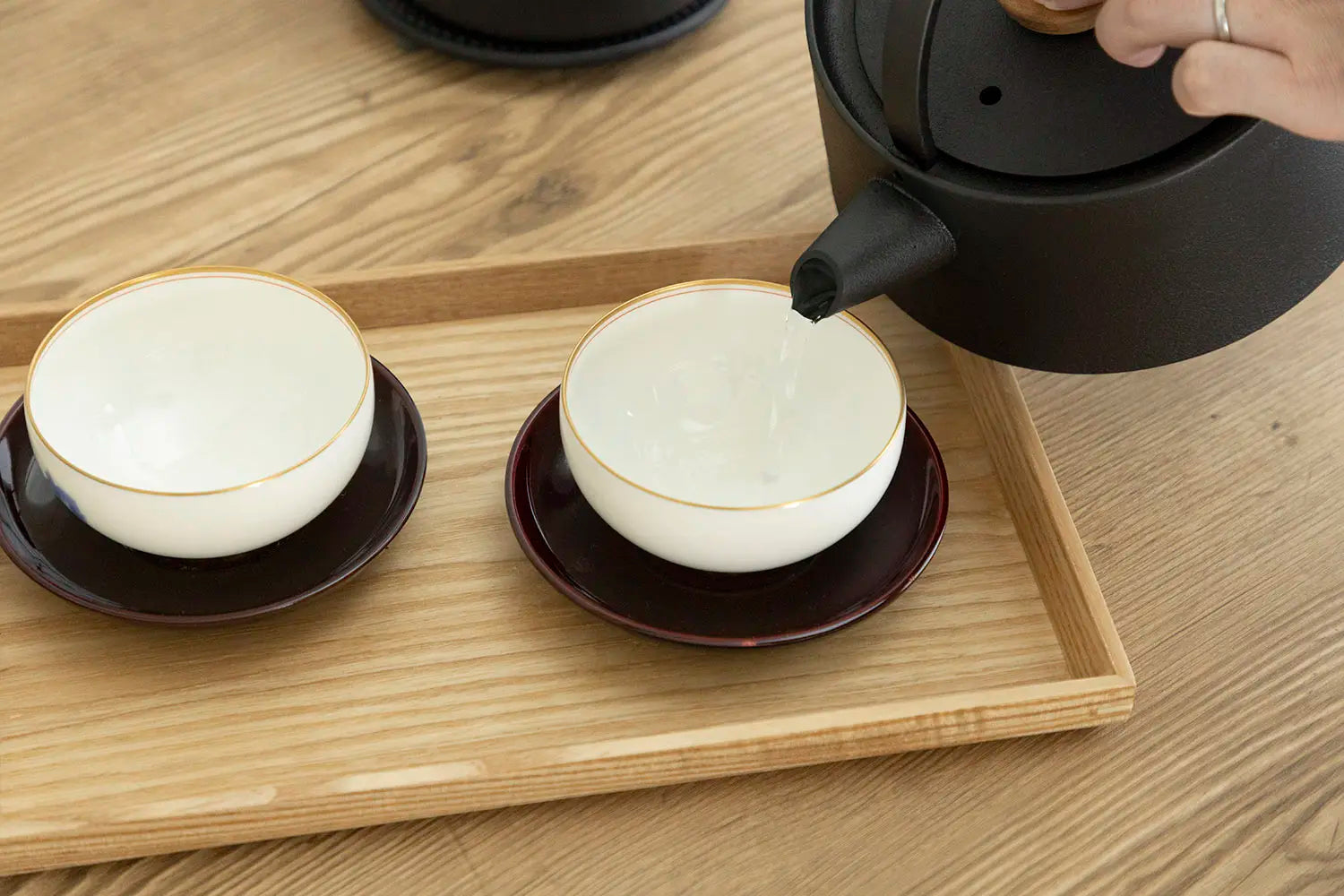When it comes to cooking a perfect filet mignon, the cast iron skillet is often considered the gold standard for achieving a luscious sear followed by tender juiciness. But what happens when you dont have a cast iron skillet at hand? Dont fret! This doesnt mean youll have to compromise the quality of your steak. Believe it or not, there are plenty of effective ways to cook filet mignon without a cast iron skillet.
In this guide, well explore alternative methods that deliver restaurant-quality results. Whether youre a seasoned kitchen professional or a home cook looking to broaden your skills, youll learn everything you need for a successful filet mignon preparation.

Why Choose Filet Mignon?
Known for its melt-in-your-mouth texture, filet mignon is one of the most sought-after cuts of beef. Sourced from the tenderloin, this cut is exceptionally tender and lean. The trick to preparing it perfectly lies in the cooking method used.
While a cast iron skillet is great at holding heat, there are versatile alternatives that ensure a flavorful crust and a juicy center. Lets start with some of these accessible options.
Alternative Methods for Cooking Filet Mignon
1. Using a Stainless Steel Pan
A high-quality stainless steel pan is an excellent substitute for a cast iron skillet. These pans heat evenly and can deliver that beautiful sear youre looking for.
- Preheat the pan on medium-high heat.
- Add a generous amount of oil once the pan is hot.
- Sear the filet mignon for 2-3 minutes per side for a perfect crust.
After searing, transfer the steak to the oven to finish cooking. Make sure to monitor its internal temperature using a meat thermometer.
2. Cooking on a Nonstick Skillet
If stainless steel isnt an option, a nonstick skillet can also work. However, you should be cautious about using high heat as nonstick coatings dont perform as well under such conditions.
For detailed tips on choosing the right utensils for your cookware, check out our article on cast iron utensils.
3. Preparing Filet Mignon in the Oven
If stovetop searing isnt an option, the oven can be your best friend. Known as the reverse-sear method, this technique works wonders for filet mignon. Heres a quick breakdown:
- Preheat the oven to 250F.
- Season the steak generously with salt and pepper.
- Place the steak on a wire rack over a baking sheet and cook until the internal temperature reaches your desired level of doneness.
Finally, you can give it a quick sear in a stainless steel or nonstick pan for added texture. Learn more about oven cooking techniques here.
4. Using a Grill
If you have access to a grill, youre in luck! Grilling filet mignon imparts a smoky flavor that is hard to replicate indoors.
Heat your grill to high and cook the steak directly over the flames for 45 minutes on each side. For a cross-hatch pattern, rotate the steak 45 degrees halfway through cooking on each side.
Pro Tips for Perfect Filet Mignon
- Let the steak sit at room temperature for 30 minutes before cooking.
- Use a meat thermometer to ensure precision. Filet mignon is best served medium-rare (130F-135F).
- Tent the cooked steak with foil for 5 minutes before serving to retain its juices.
What to Avoid
When preparing filet mignon, its important to avoid certain cooking methods. For examples of what not to use, read the article here.
FAQs
Can I cook filet mignon on a griddle?
Yes, griddles are another great option for cooking filet mignon. They provide an even heat distribution perfect for searing.
What can replace a cast iron skillet effectively?
Stainless steel and nonstick pans are excellent options. Both can provide the necessary heat retention and surface for searing.
Is a meat thermometer necessary for cooking filet mignon?
While not mandatory, a meat thermometer ensures precision and helps you avoid overcooking or undercooking your steak.

Conclusion
If youve been wondering how to cook filet mignon without a cast iron skillet, you now have a variety of reliable methods to choose from, each capable of delivering exceptional results. Whether you opt for a stainless steel pan, nonstick skillet, or the reverse-sear method in the oven, your steak will turn out tender, juicy, and unforgettable.
For more tips on improving your cooking skills, explore our other articles on topics like cleaning enameled cast iron and seasoning enameled cast iron.
This article contains affiliate links. We may earn a commission at no extra cost to you.






Leave a comment
This site is protected by hCaptcha and the hCaptcha Privacy Policy and Terms of Service apply.